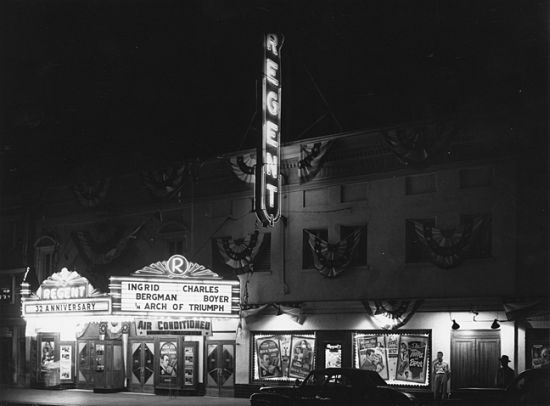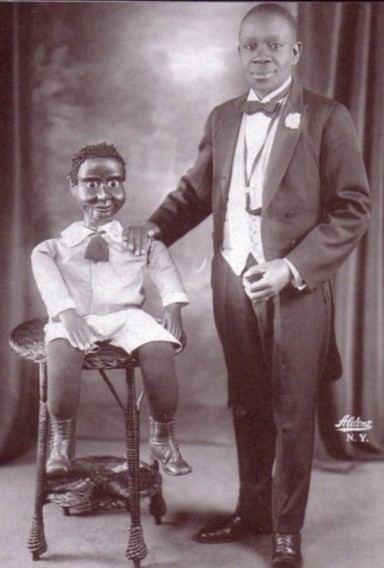(Maryland Historical Society, 3/21/2013)
The theaters, night clubs, and restaurants that once made Pennsylvania Avenue Baltimore’s center for African-American entertainment are today a receding memory. In the segregated Baltimore of the early to mid twentieth century, the Avenue was where African-Americans went to see the latest films, have a drink at one of the many nightclubs and bars, and hear the jazz of Duke Ellington, Billie Holliday, and Cab Calloway, the comedy of Redd Fox and Slappy White, and the funk of James Brown. Most of the establishments were gone by the end of the 1970s, either occupied by new businesses, laying vacant, or demolished. A few soldiered on—the Sphinx Club, one of the last to go, closed its doors in 1992. The most famous venue on the Avenue, the Royal Theater, was one of the premier stops on the “chitlin’ circuit,” the chain of clubs and theaters running through the eastern and southern states featuring African-American entertainers. While the Royal may have been the best known theater on the Avenue, it wasn’t the largest—that designation would have to go to the Regent Theater.
The Regent Theater was from the start a family operation. On Jun 9, 1916, Louis Hornstein and his two sons, Simon and Isaac, opened the theater on the former site of a coal yard at 1629 Pennsylvania Avenue. Advertised as the “largest, coolest, best ventilated house in the city,” the theater was located in a one-story brick building designed by Baltimore architectural firm Sparklin & Childs. (1) For the next 50 years the Hornstein family owned and operated the Regent. The family later acquired the Lenox and the Diane theaters, also on Pennsylvania Avenue.
At the time of its opening, the Regent was the largest movie house in Baltimore, with a seating capacity of 500 and its own orchestra. The theater specialized in “high class-photo plays and Vaudeville.”(2) John W. Cooper, the first African-American ventriloquist on the largely white vaudeville circuit, was a bonus attraction on opening night. Billed as “the only colored ventriloquist in the world,” the “Black Napoleon of Ventriloquists,” and the “Polite Ventriloquist,” Cooper’s most famous routine, a barbershop skit, incorporated multiple dummies operated with the use of foot pedals and fishing line.
Continue reading “Lost City: The Regent Theater” at: Maryland Historical Society’s “Underbelly” Blog



love this.